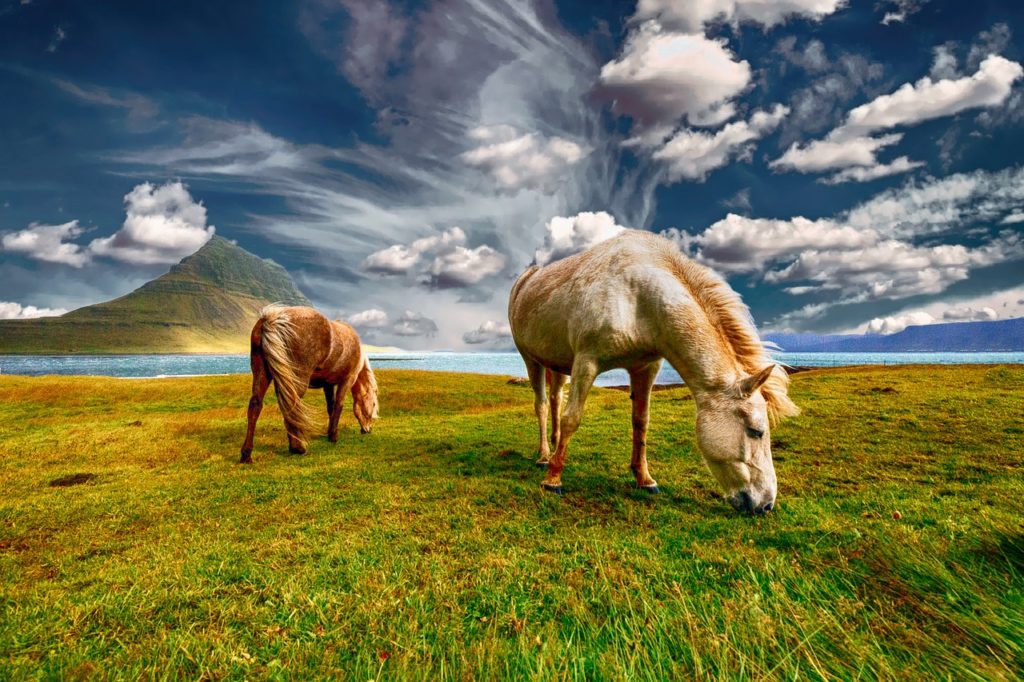by Laura K. Secor

Hello friends,
I offered you this essay a couple years ago, maybe three or more. I intended it to be part 1 of 3, and got stuck halfway through part 2. I’m ready to pick up part 2 again, but first I am re-posting part 1.
Jane Hirshfield and the Tao Te Ching – Part 1
I will start with a confession – on the face of it, the theme I picked for this week doesn’t really make a lot of sense. Jane is heavily influenced by Buddhism, so why did I pick Tao? You might think I’m just a little contrary. The obvious thing for today would have been to talk to you about Jane and Buddhism, so naturally (snark snark) I picked Tao instead.
But it really wasn’t just to be contrary. I wanted to broaden the “East meets West” dialogue. I feel like you all probably know that there are Western practitioners of Buddhism, people like Natalie Goldman and Tara Brach. People who write about what it means to come from a Western background but find oneself drawn to the paradoxes and ambiguities of Buddhist thought. There has been especially a lot of discussion of American Zen. Americans love those insoluble koans.
The thing is, I wanted to share with you my particular sensibility. I have trouble with Buddhism, which seems a little too focused on suffering and meditation. I prefer the Tao which can be a little more humorous and politically engaged. Whereas to me Buddhism seems too often to disengage from the everyday world, Tao participates. It embraces the mess. It loves paradox, juicy, inviting paradox
The theme that I find linking these different poems I’ve brought to you today is paradox. You can’t have one thing without the other. Try this poem by Jane:
The Love of Aged Horses
Because I know tomorrow
his faithful gelding heart will be broken
when the spotted mare is trailered and driven away,
I come today to take him for a gallop on Diaz Ridge.
Returning, he will whinny for his love.
Ancient, spavined,
her white parts red with hill-dust,
her red parts whitened with the same, she never answers.
But today, when I turn him loose at the hill-gate
with the taste of chewed oat on his tongue
and the saddle-sweat rinsed off with water,
I know he will canter, however tired,
whinnying wildly up the ridge’s near side,
and I know he will find her.
He will be filled with the sureness of horses
whose bellies are grain-filled,
whose long-ribbed loneliness
can be scratched into no-longer-lonely.
His long teeth on her withers,
her rough-coated spots will grow damp and wild.
Her long teeth on his withers,
his oiled-teakwood smoothness will grow damp and wild.
Their shadows’ chiasmus will fleck and fill with flies,
the eight marks of their fortune stamp and then cancel the earth.
From ear-flick to tail-switch, they stand in one body.
Before I comment on that poem, I want to ask you to hold it in mind while reading this verse, number 2 from the Tao Te Ching.
Under heaven all can see beauty as beauty only because there is ugliness. All can know good as good only because there is evil. Therefore having and not having arise together. Difficult and easy complement each other. Long and short contrast each other; High and low rest upon each other; Voice and sound harmonize each other; Front and back follow one another. Therefore the sage goes about doing nothing, teaching no-talking. The ten thousand things rise and fall without cease, Creating, yet not possessing, Working, yet not taking credit. Work is done, then forgotten. Therefore it lasts forever.
I almost don’t want to comment on that verse, because I feel that it has spoken so eloquently on its own behalf. But it has become a touchstone in my life and I was never more proud than when my daughter Rhea one evening spoke back these ideas to me, saying that you can’t have happiness without being sad some of the time.
This idea of paradox comes into the poem we read first, slantwise. Only through knowing the specifics of this one particular love of this one particular horse for his one particular horsey lady friend can we hope to touch the ideal of love. If someone were to talk about the abstract idea of love, you would tune them out. They’d be boring. But we all listen to the details of a particular love story. In hearing those unique specifics, we call to mind the different specifics of our own love stories.
Here is another poem that I believe brings the same idea to life.
Wallace Stevens, “Study of Two Pears”
I Opusculum paedagogum. The pears are not viols, nudes or bottles. They resemble nothing else. II They are yellow forms Composed of curves Bulging toward the base. They are touched red. III They are not flat surfaces Having curved outlines. They are round tapering toward the top. IV In the way they are modelled There are bits of blue. A hard dry leaf hangs From the stem. V The yellow glistens. It glistens with various yellows, Citrons, oranges and greens Flowering over the skin. VI The shadows of the pears Are blobs on the green cloth. The pears are not seen As the observer wills.
I love this poem because it says you can’t talk about abstractions like fruit. You can’t even talk about abstractions like pears. You can only talk about the particular pears in front of you. And this idea leads somehow inevitably to another idea – when you do talk about two particular pears, they call to mind everything else in the world. Everything is interconnected. You can’t have pears without violas and women.
End of part 1. Stayed tuned for part 2 next month…
